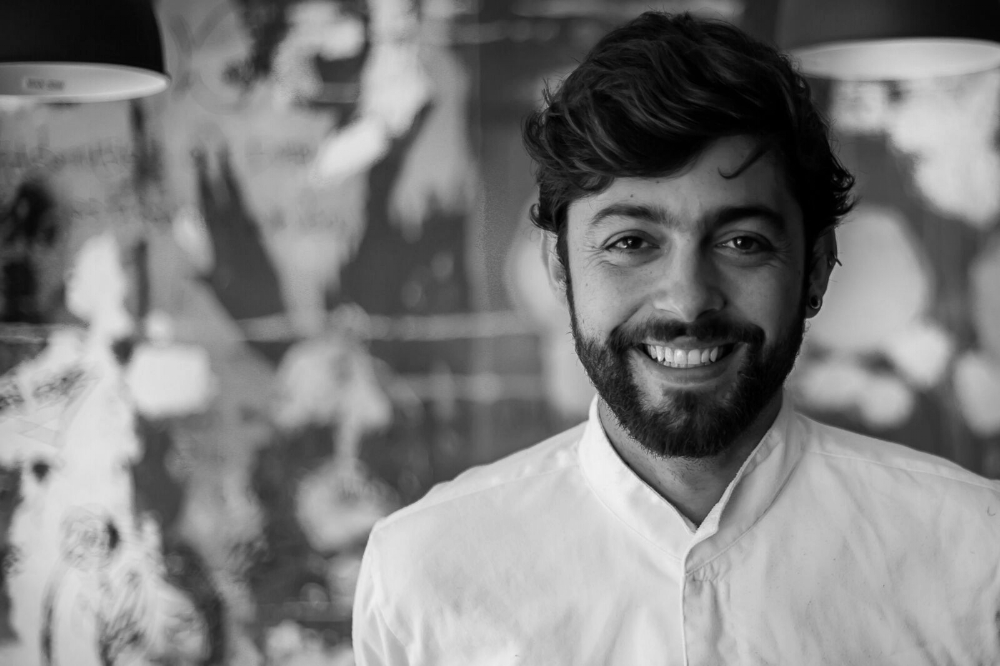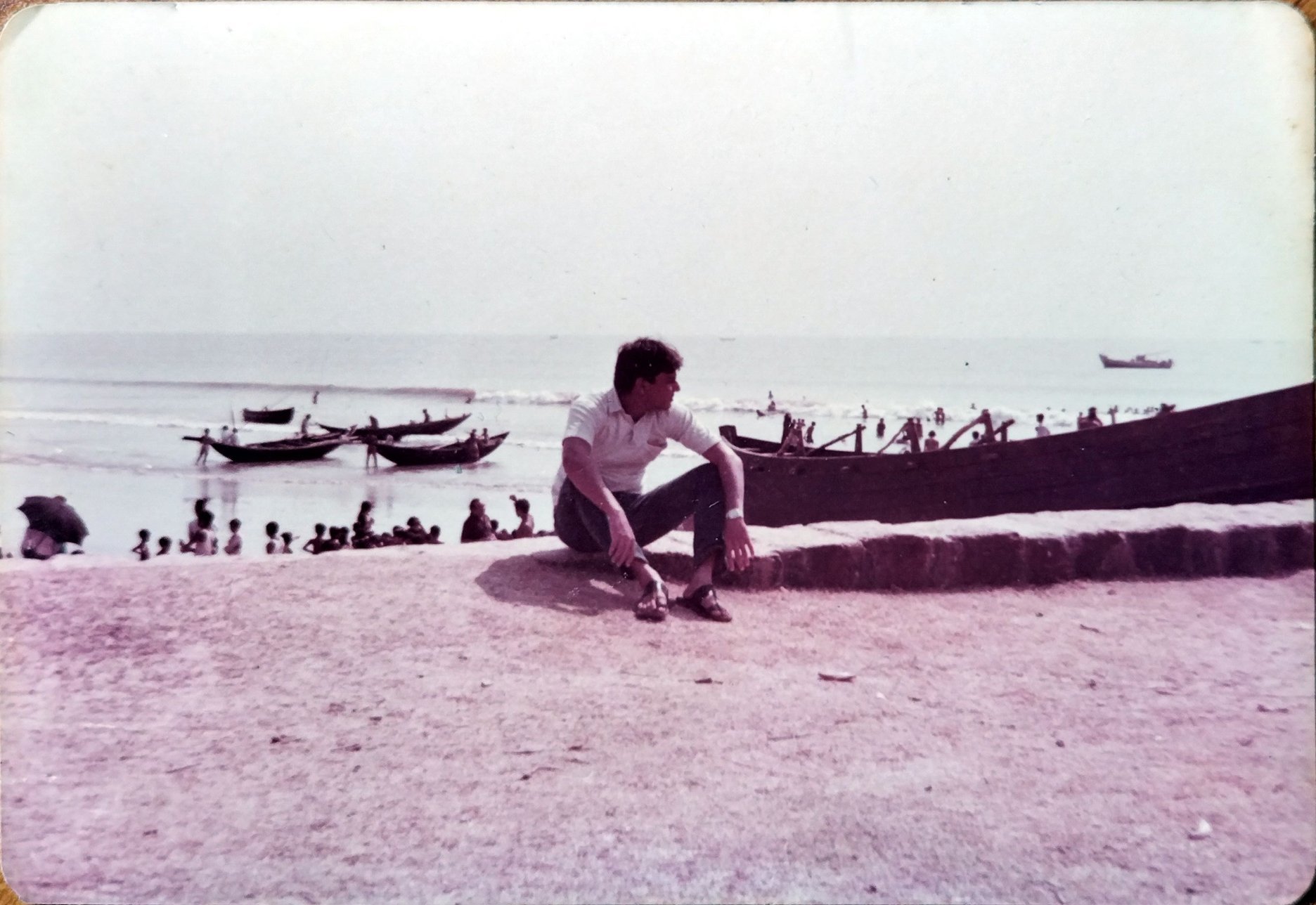Kitchen Basics: 9 Chefs Share Their Secrets

There are dishes like the Malabar parotta, that at first glance, appear complicated to attempt (and rightly so) – and then there are those that seem simple, straightforward, almost effortless, but are in truth, the hardest to pull off – not unlike the flying trapeze at the circus.
Here, we talk to a few of the industry's most well-regarded chefs, about their personal flying trapeze – the dish that looks effortless to the untrained eye, but in reality, demands skill and practice, and if you're lucky, a trick or two, to perfect.
Anahita Dhondy, Chef-Manager, SodaBottleOpenerWala
One dish that is deceptively simple to cook is a perfect bowl of rice. Our mothers and grandmothers make it look so easy, but I'm sure when they started, they must have screwed it up a couple of times too. At SodaBottleOpenerWala, when we cook our Berry Pulao, we cook the rice until it is 70 per cent done. Once we add the chicken or the mutton, we then cook it on dum until it is cooked completely.
How does one judge when the rice is 70 per cent cooked?
When I was cooking Indian food in London, a lot of chefs would ask me how I get the spices right without following any recipe. That’s the thing with Indian cooking: it’s very experiential. There’s no thumb rule to judge when the rice is 70 per cent done. The threshold point is different for each variety of rice, whether it’s a short grain or basmati. How I tell that the rice is 70 per cent cooked is, I press a grain of rice between my thumb and my index finger; if I feel a tiny, solid grain in the centre, I know it’s right.
Daniel Mark Trulson, Chef, Bread & Chocolate, Pondicherry
A homemade loaf of bread uses only three basic ingredients, so to speak – flour, water and salt. And yet there’s so much that can go wrong. When baking bread, you need to make sure that the bread is at the correct level of proofing, and that the oven is at the correct temperature. Unlike large scale baking, doing it on a small scale allows you to be more intimate about these details.
Many ovens have irregular heating; how does one work around that?
Oh, I always learn the oven for myself. I try to understand and gauge where the hot spots in the oven are; I rarely trust the markings on the oven. So in that situation, if I’m making croissants, for example, I place them in a certain way that is very specific to the oven I’m using.
Proofing bread can be complicated. Do you have any tips for us?
Proofing bread is fairly tricky and a lot of it is just feel. Each time you bake, you feel the bread and when it’s baked, you make a mental note of how it turned out at that level of proofing. One foolproof rule to follow is that if you press lightly with your finger, the dough should bounce back slowly, and a slight indentation should remain. If it bounces back too quickly, the dough is under-proofed; and if the dough remains indented, the dough is over-proofed.
Garima Arora, Chef-Owner, Gaa, Bangkok
I would say pasta is a dish that seems simple enough but can be really hard to get right. Often, even just cooking pasta out of a packet can be difficult for some people. It almost always ends up being overcooked and mushy. It takes a keen eye to know just when to take the pasta out of the water, sprinkle some olive oil and let it finish cooking like that. One must never cook pasta fully in water. To be honest, I learnt this the hard way – on the job.
Manish Mehrotra, Head Chef, Indian Accent
Khichdi is the simplest dish to make, but the most difficult to perfect. It is also the most underrated dish, ever. It is often perceived as boring, so making it interesting can be a challenge; it is thought of as food for the sick, but in truth, it is comfort food that is found all over India! It may be made with different lentils and different grains like corn, bajra or ragi ki khichdi. But khichdi is cooked in all parts of India – in Punjab, in Bengal, in Gujarat and South India.
Khichdi is on the menu at Indian Accent, New York. How do you transform comfort food to dish worthy of a fine-dining menu?
We serve it with accompaniments of tamarind chutney, mint chutney, smoked papad and crispy moong dal. But these add-ons don’t matter if the balance of rice and lentils is off. Everyone has a different preference, but I like more rice than lentils in my khichdi. So when I cook khichdi, I follow a 60:40 rice to lentil ratio. Both the rice and the lentil need to be cooked perfectly, and the khichdi should neither be mushy nor too dry.
Sarah Todd, Director, Antares, Goa
Crispy skin salmon is one dish that I believe everyone should know how to do. There’s a lot that can go wrong – soggy skin, burnt skin, over-cooked flesh, under-cooked flesh, under-seasoned – all of that is bad. You want perfectly cooked, seasoned salmon with crispy skin.
What’s the secret to nailing that?
When you remove the salmon filet from the refrigerator, first dry it with a paper towel; otherwise the moisture will make the skin soggy. Score fine slices into the skin of the salmon; be careful so as to not disturb the flesh. If you want extra crispy salmon skin, keep the scores closer together. And score the length of the filet to prevent it from curling when it is cooked; this will also help it cook evenly. Next, season well. Sprinkle salt and herbs like thyme and basil into the cuts on the filet, and coat the top of the filet with coconut oil.
Cooking fish can be quite tricky though. How do you get that right?
Heat a skillet over medium heat and add just enough extra virgin olive oil into the pan when it’s hot. When the oil starts to smoke lightly, place the filet skin side down. Gently push the filet downward with your fingers, so it stays nice and flat in the pan. Add salt to season the top of the filet and then keep your hands off. Once you observe that the salmon has changed 2/3rds of its colour, flip the filet and tilt the pan to allow the olive oil to wash over the bottom of the filet, thereby cooking the salmon evenly. Let it cook for roughly a minute and then remove the pan from the heat and flip the filet again, letting it cook for another minute.
Bani Nanda, Chef-Owner, Miam Patisserie, New Delhi
We make a chocolate tart at Miam, which looks easy enough, but in truth, making the ganache is quite tricky. One has to make sure the chocolate melts at an even temperature. The best way to do that is in the microwave; we heat the chocolate at 30-second intervals and stir in between. And the cream, we warm gently – never boil – if you add boiled cream to chocolate, the ganache will split. So we heat the chocolate a little bit and heat the cream a little bit, and then mix the two together to reach optimal temperature.
Do you add butter to the ganache to make it richer?
Actually I find that butter can make the tart difficult to eat. Butter works as a setting agent, and causes the ganache to solidify a little. So, when I’m making ganache for chocolate tart, I don’t add butter.
Making pastry in warm weather can be a nightmare. How do you manage?
Whenever we work with pastry, we work in a very cold room. At home, you could probably work in an air-conditioned room. It also helps if you roll out the pastry between two silicone sheets or silpads. Alternatively, you could roll out pastry between two sheets of parchment paper. Remember not to roll it too thin or too thick, because then the tart will be chewy.
Pablo Naranjo, Chef, Le15 Patisserie, Mumbai
When you’re trying to cook even a simple dish perfectly, things start to get a little complicated because you begin to look at every detail. Take chicken for example – it’s one of the most common meats around the world, but dry and hard chicken is a problem many people face. The trick is to know what temperature your produce is going to cook at. This holds true even for vegetables.
So how does one cook chicken perfectly?
If you deep-fry your chicken, it’s going to cook in 30 seconds or at most, a minute. Overcooking the chicken is easy here. My advice would be to cook it at a lower temperature for a longer period of time. When cooking chicken in a broth or sauce, the liquid should not be boiling. The bubbles of the boiling liquid hit the fibres of the chicken and with every jolt of heat, the chicken loses moisture and becomes dry.
Of course, chicken on the bone takes a longer time to cook because the bone has to get hot for the meat to cook. It’s always better to cook chicken on the bone because the bone contains a lot of juices that lend great flavour, and keep the chicken moist and juicy.
Floyd Cardoz, Chef & Culinary Director, The Bombay Canteen
I would say, basmati pulao. It looks really basic, but so many people get it wrong. I wash the rice almost 10 to 15 times, and then soak it for twenty minutes in cold water – never use warm or hot water to soak rice. But the real trick is the size of the pot you’re using.
How does that affect the cooking?
First, always use an open vessel. The pot shouldn’t be less than half full and shouldn’t be more than three-quarters full. I’ve found that if it is less than half full, the rice turns out undercooked. Alternatively, if the pot is more than three quarters full, the rice always overcooks. Once the water has almost evaporated, cover the pot with a lid. And finally, remember to fluff up the rice with a fork.
Rachelle Andrade, Head Baker, Mag St Bread Co., Mumbai
Making something like soft rolls or sliced bread looks really simple and uses two or three very basic ingredients. But the key to successful bread baking is time and patience. You simply cannot rush it. That comes through clearest in the mixing of dough.
How does that affect the quality of the bread?
When you mix, you look to form dough of a certain consistency – not too hard, and not so soft and tactile that it can't be handled. The yeast in the dough feeds on the sugar in the flour, and needs a warm, conducive environment to grow. You begin with cool ingredients, and as you mix or knead the dough, the temperature rises. Over-kneading will over-activate the yeast, and dough that might otherwise need 45 minutes to double might be ready in 15 – but never results in good bread. What you want is slow ferment that allows the flavours to really develop; more complex breads like sourdough can take upto two days to develop.
ALSO ON THE GOYA JOURNAL
















